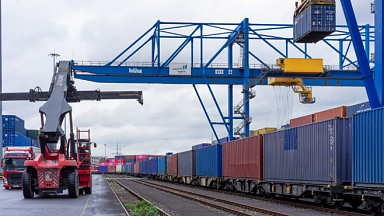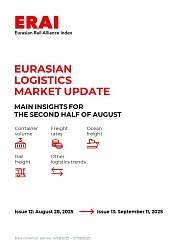UIC welcomes the recent announcement celebrating 2021 as the «European Year of Rail». «This EU initiative will allow all the actors of the sector to demonstrate the advantages of rail», the overarching railway group said. Likewise, lobby organisation ERFA celebrated the proposal, saying it is well aligned with the European Commissions proposed Climate Law.
Also combined transport group UIRR linked the Year of Rail with the Climate Law, encouraging the European Parliament and the governments of the Member States in the European Council to enact both. The Climate Law proposes setting a binding target of reaching net-zero carbon by 2050. It is impossible to achieve this objective if transport emissions are not addressed, is the general belief.
Much needed
In 2017, 27 per cent of all greenhouse gas emissions came from transport. Railways accounted for 0.5 per cent of these emissions. Thus, it represents the best means by which to bring EU transport emissions under control, the parties agree. A significant modal shift is therefore essential.
«Combined transport is the technique by which very low emission electric rail, as well as waterborne modes can be most efficiently inserted into longer distance freight transport chains. Subsequently, it will have to play a major role to achieve the climate neutrality of surface freight transport in the European Union», UIRR commented.
Legal texts
Conor Feighan, ERFA Secretary General, added: "The proposed European Year of Rail is well timed given that 2021 will be an important moment for the future of rail freight. 2021 will see the tabling of some key legal texts, such as the revision of the Rail Freight Corridors Regulation, which will play a pivotal role in determining whether rail freight can reach its true potential.





